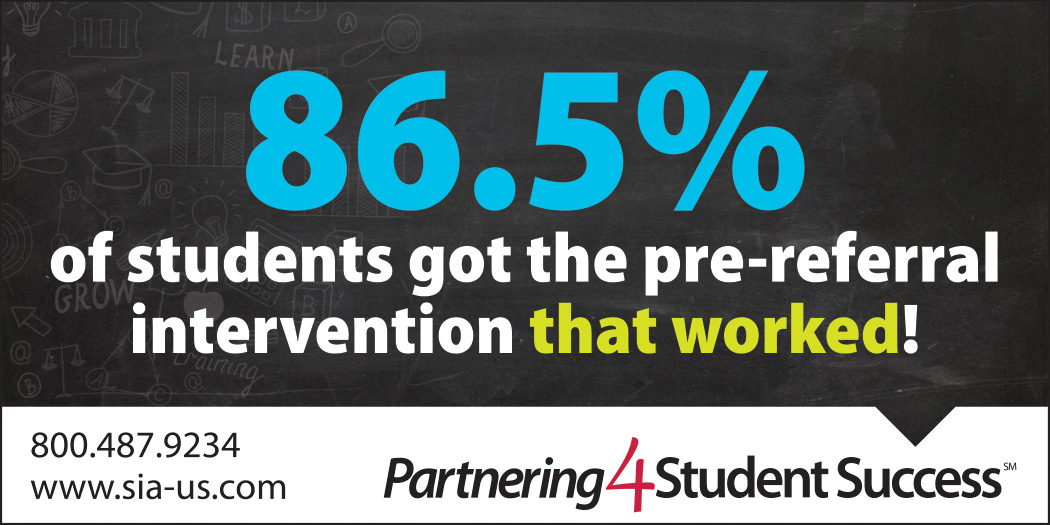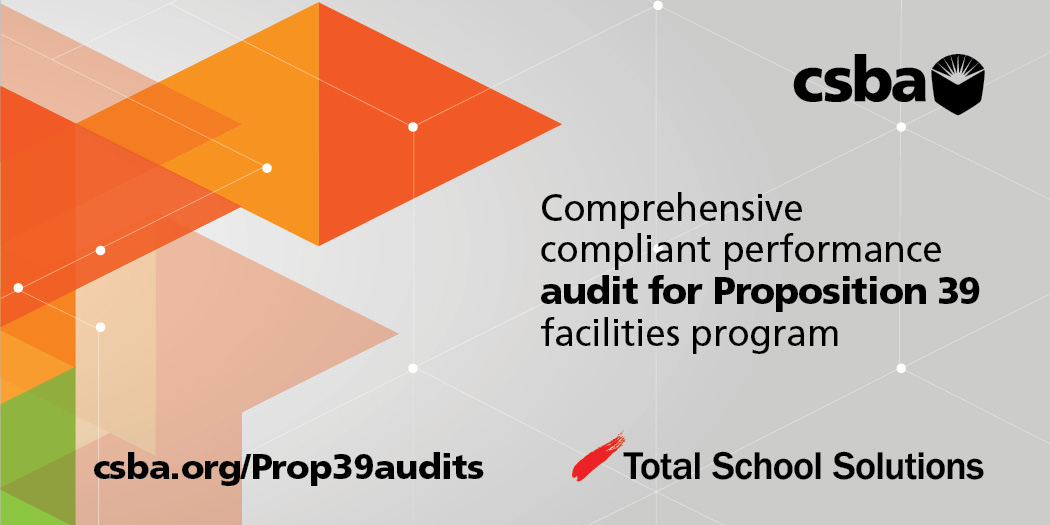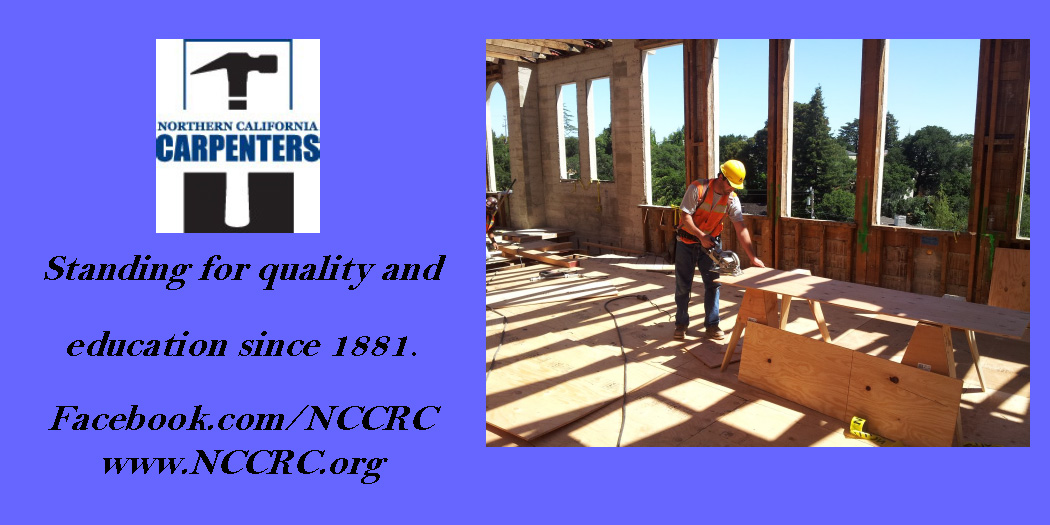

Given that these scores represent the fifth year of implementation, it is a good opportunity to reflect on the trends in California and opportunities and areas for schools, districts and county offices of education to focus on in the future.
The California Assessment of Student Performance and Progress is given to students in grades 3-8 and 11. The Smarter Balanced tests are part of CAASPP, which also includes the California Science Test, standards-based tests in Spanish and the California Alternate Assessments for students who have the most significant cognitive disabilities.

The Office of Administrative Hearings, and the Administrative Law Judges employed by OAH preside over these hearings in California. School districts, county offices of education and parents are encouraged to resolve their disputes through mediation, which is voluntary. If a resolution cannot be reached, or the parties refuse to participate in mediation, the parties may request a due process hearing before the OAH. OAH decisions can be appealed to state and federal courts in California. Importantly, plaintiffs must exhaust these administrative remedies under IDEA before bringing an appeal or lawsuit in court.
The process does not always go this neatly, though. Parents have at times resolved their dispute through mediation with the district, and then subsequently brought additional claims in court alleging the school district violated related laws such as the Americans with Disabilities Act or Section 504 of the Rehabilitation Act.

Senior Director of Communications:
Troy Flint | tflint@csba.org
Managing Editor:
Kimberly Sellery | ksellery@csba.org
Marketing Director:
Serina Pruitt | spruitt@csba.org
Staff Writers and Contributors:
Manuel Buenrostro | mbuenrostro@csba.org
Andrew Cummins | acummins@csba.org
Aaron Davis | adavis@csba.org
Alisha Kirby | akirby@csba.org
Barbara Laifman | blaifman@csba.org
Mike Ambrose | mambrose@csba.org
Graphic Design Manager:
Kerry Macklin | kmacklin@csba.org
Senior Graphic Designer:
Mauricio Miranda | mmiranda@csba.org
Emma Turner | La Mesa-Spring Valley SD
President-elect:
Xilonin Cruz-Gonzalez | Azusa USD
Vice President:
Tamara Otero | Cajon Valley Union USD
Immediate Past President:
Mike Walsh | Butte COE
CEO & Executive Director:
Vernon M. Billy
California School News (ISSN 1091-1715) is published 11 times per year by the California School Boards Association, Inc., 3251 Beacon Blvd., West Sacramento, CA 95691. 916-371-4691. $4 of CSBA annual membership dues is for the subscription to California School News. The subscription rate for each CSBA nonmember is $35. Periodicals postage paid at West Sacramento, CA and at additional mailing office. POSTMASTER: Send address changes to California School News, 3251 Beacon Blvd., West Sacramento, CA 95691.
News and feature items submitted for publication are edited for style and space as necessary.

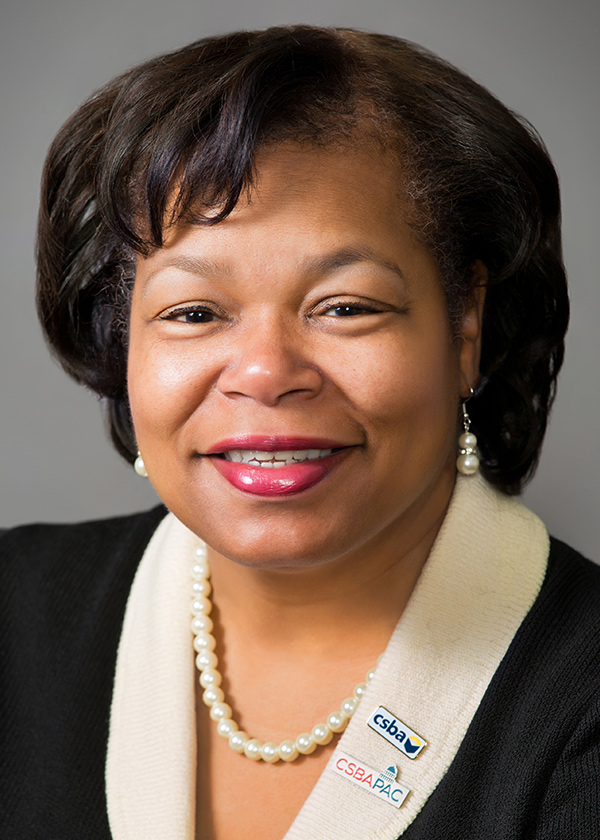
As I reflect on my year as CSBA President, I want to express what an honor it has been to represent California’s largest body of democratically elected public officials and the more than 6.2 million children that we fight for every day. This has been an eventful year in our state and our association’s history. The year began with a new governor who incorporated the voices of district and county board members into some of his first actions by including pension relief for school districts in his inaugural budget proposal and signing a charter school transparency measure for which CSBA had long advocated. In May, CSBA joined the California Teachers Association and other education partners for a momentous rally on the steps of the Capitol Building, working together to call on the Legislature for the Full and Fair FundingSM of California’s public schools.
And just last month, a coalition led by CSBA, the Association of California School Administrators and the Community College League of California submitted language to the Attorney General’s Office for the Full and Fair Funding: Public School Progress, Prosperity, and Accountability Act. Although this is just the latest milestone on a long and winding road, it brings our Full and Fair Funding initiative a step closer to providing the resources that will help every student reach their full potential, regardless of their circumstances. The measure would generate $15 billion annually to support learning in the state’s K-12 public schools and community colleges and raise California from 38th nationally in school funding to the national average.
Panelists will include CalMatters columnist Dan Walters, Politico California education reporter Mackenzie Mays and Capitol Advisors Group President Kevin Gordon.

Conference attendees will be able to download AEC app to a mobile device through the Apple App Store or Google Play Store by searching for AEC 2019.

Conference attendees will be able to download AEC app to a mobile device through the Apple App Store or Google Play Store by searching for AEC 2019.

Q: Can you tell us a bit about your background and how you became interested in physics and predicting the future of technology? Did your interest start from a young age or develop later?

Attendees will learn about the current state of school facilities provided by CSBA, industry experts, school board members and education stakeholders. Topics will include important facility plan requirements and an examination of the role of school board members in the success of facilities projects.
“The tools that board members take away from this presentation will help shape their future conversations about facilities,” said CSBA Legislative Advocate Eric Bakke, who will moderate three panels throughout the event. Bakke further explained that information is power in the facilities world. “The thing that can get districts in trouble is what they don’t know,” he said.



Food insecurity was also found to be significantly more common than the national average of 11.1 percent for households with children, particularly those headed by single men or women. Among U.S. households with children under age 18, 13.9 percent were food insecure at some point during 2018. Among single-mother households with children, that rate climbs to 27.8 percent. And among single-father households with children, 15.9 percent were food insecure.
Recognizing that bullying and fear disrupt student learning, California state law requires districts, county offices of education and charter schools to adopt procedures for preventing acts of bullying, including cyberbullying, by Dec. 31, 2019.
Additionally, state law mandates that boards adopt a policy prohibiting discrimination, harassment, intimidation and bullying based on disability, gender, gender identity, gender expression, nationality, race, ethnicity, immigration status, religion and sexual orientation, or association with a person or group with one or more of these actual or perceived characteristics.
Bullying negatively affects school climate and therefore hurts all students’ educational experiences. The American Psychological Association has found that students who are victims of bullying experience higher rates of school avoidance and dropping out, lower academic achievement, increased emotional challenges and higher likelihood of suicide attempts. The 2015–17 California Healthy Kids Survey indicated that 34 percent of seventh-grade students, 31 percent of ninth-grade students and 28 percent of 11th-grade students reported being harassed or bullied on school property. Other studies have shown that about 20 percent of students across these surveyed grade levels report experiencing cyberbullying.
While much attention has been directed toward addressing disproportionate suspension and expulsion rates between African American students and their peers, a recent study shows Native American youth face similarly disproportionate rates of discipline.
In a joint report from the Sacramento Native American Higher Education Collaborative and the Community College Equity Assessment Lab at San Diego State University, district self-reported data submitted to the California Department of Education showed the statewide suspension rate for Native American students reached more than 7 percent during the 2017–18 school year — more than double the statewide average of 3.5 percent for all students.
Researchers also found that Native American boys had the highest expulsion rate of any ethnic or gender group at 9.6 percent, 4.2 times higher than the state average. That number has steadily risen over the years, according to the report, which is available in full at cceal.org/nativesuspensions.
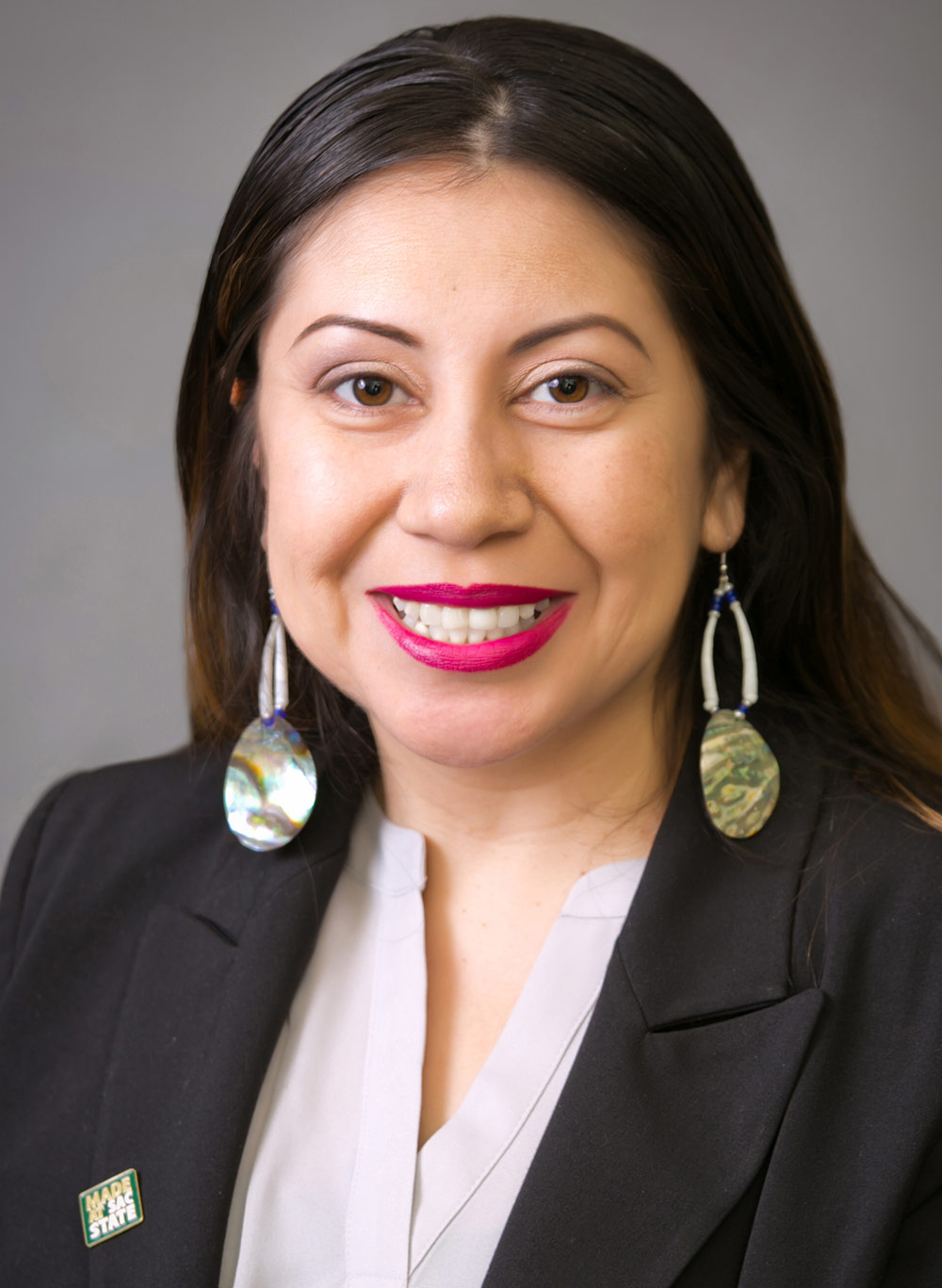
The Sacramento Native American Higher Education Collaborative is a regionally based workgroup that I was a part of made up of American Indian/Native faculty, staff, administrators, community members and students affiliated with local community colleges, universities and the California Tribal College and Wilton Rancheria. The workgroup was created to discuss intersegmental designs of pathways for American Indian/Native students. The mission of the workgroup is to identify solutions for improving access, retention, success and the overall experience for American Indian students in public education. During my time participating on the committee, there have been several opportunities to engage with other Native American community members and representatives in an informative manner in order to discuss and collaborate around resources, college workshops and Native American student achievement.
For our organizations, the year gone by saw a tremendous amount of teamwork on shared objectives and, I think, respect between district board members and county board members continues to grow, accordingly. A great deal of my own work as California County Boards of Education President was focused on advancing objectives that supported all board members and, particularly, the work that CSBA does for all of us. The day that I, as CCBE President, testified on behalf of CSBA at the Senate Education Committee hearing on Assembly Bill 1505, a charter school reform bill, stands out to me not only as a moment of great pride personally, but also as powerful evidence of what we accomplish when we all share our views respectfully and move forward together armed with a greater shared understanding of our experience and goals.

CSBA Annual Education Conference and Trade Show
CCSA Annual Workshop and Luncheon
2020 The Brown Act
Institute for New and First-Term Board Members
Board Presidents Workshop
Institute for New and First-Term Board Members



